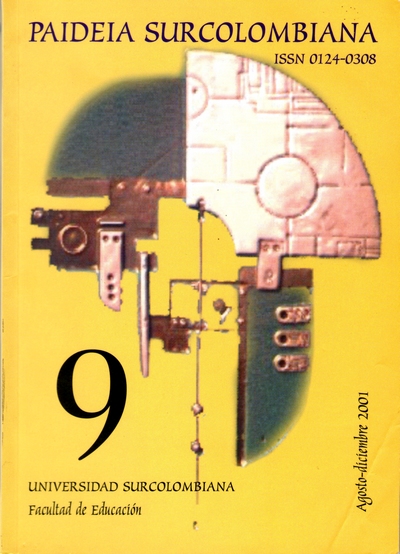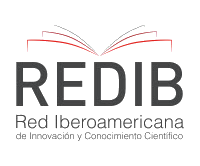The corpuscular concept of the matter and the mole concept: Some epistemological and didactic implications.
##plugins.themes.bootstrap3.article.main##
Nowadays, one of the fundamental aspects and object of research in didactics of chemistry, is the one related to the significant learning of concepts and to the global concepts construction in the scientific field.
Chemistry as a science is structured around concepts, laws, principles and theories, one of which is the atomic theory, directly related to the corpuscular conception of matter (Atomism), as the fundamental basis of the conceptual structure of modern chemistry ; moreover, its acceptance at the beginning of the 19th century is one of the milestones that constitute the rupture with pre-scientific conceptions.
However, atomism is not properly an idea that can be considered as originated in the modern era, but , that it began to be part of the cultural heritage of humanity since the Ionian philosophers raised it in the sixth century BC. As a consequence, it is valid to ask ourselves the following questions: what specific conditions made atomism establish itself as an essential paradigm of modern chemistry? What social and historical conditions favored its acceptance? What crises caused the old chemical conceptions to decline that did not include it in its fundamental postulates?
Downloads
##plugins.themes.bootstrap3.article.details##
ASIMOV Isaac. 1996. "Breve historia de la Química". Madrid: Alianza Editorial, p. 16-22.
OHEN, I. 1991. "Moles and equivalents: Quantities of matter". En: Journal of Chemical Education. V 68. p. 555-558.
CUBILLOS, Germán; POVEDA, Flor; VILLAVECES, José Luis. 1989. "Hacia una historia epistemológica de la Química". Bogotá, D.C: Academia Colombiana de Ciencias Exactas, Físicas y Naturales, p. 53-72.
DIEKERS, Werner. 1996. "Teaching the mole". En: European Journal of Science Education. V 18. p. 145- 154.
FURIÓ, C. et al. 1995. "Concepciones de los estudiantes sobre una magnitud no introducida en química: la cantidad de sustancia". En: Enseñanza de las ciencias. V 23. p. 37-39.
GARCÍA, J. et al. 1990. "Ideas de los alumnos a cerca del mol". En: Enseñanza de las ciencias, 8 (2). p. 111-119.
I.U.PA.P 1958. "Recomendation of the International Union of the pure and applied physics. Comission for symbols, units and nomenclature". V 14. p. 259-268.
KOLB, I. 1994. "The mole". En: Journal of Chemical Education. V 71. p. 728-736.
LEE, S. 1961. 'A redefinition of mole''. En: Journal of Chemical Education. V 38. p. 549-551.
LLORENS, Juan. 1991. "Comenzando a aprender química". Madrid: Visor S.A. p. 47-76.
LLORENS, Juan. 1997. "La concepción corpuscular de la materia: obstáculos epistemológicos y problemas de aprendizaje". En: Investigación en la Escuela. N° 32. p. 33.
NOVICK, S. and MENIS, J. 1996. "Students perceptions of the mole concept". En: Journal of Chemical Education. V 73. p. 720-722.
WURTS, Charles A. 1997. "Teoría de los átomos en la concepción general del mundo". Madrid: Rollo, p. 13-20.














